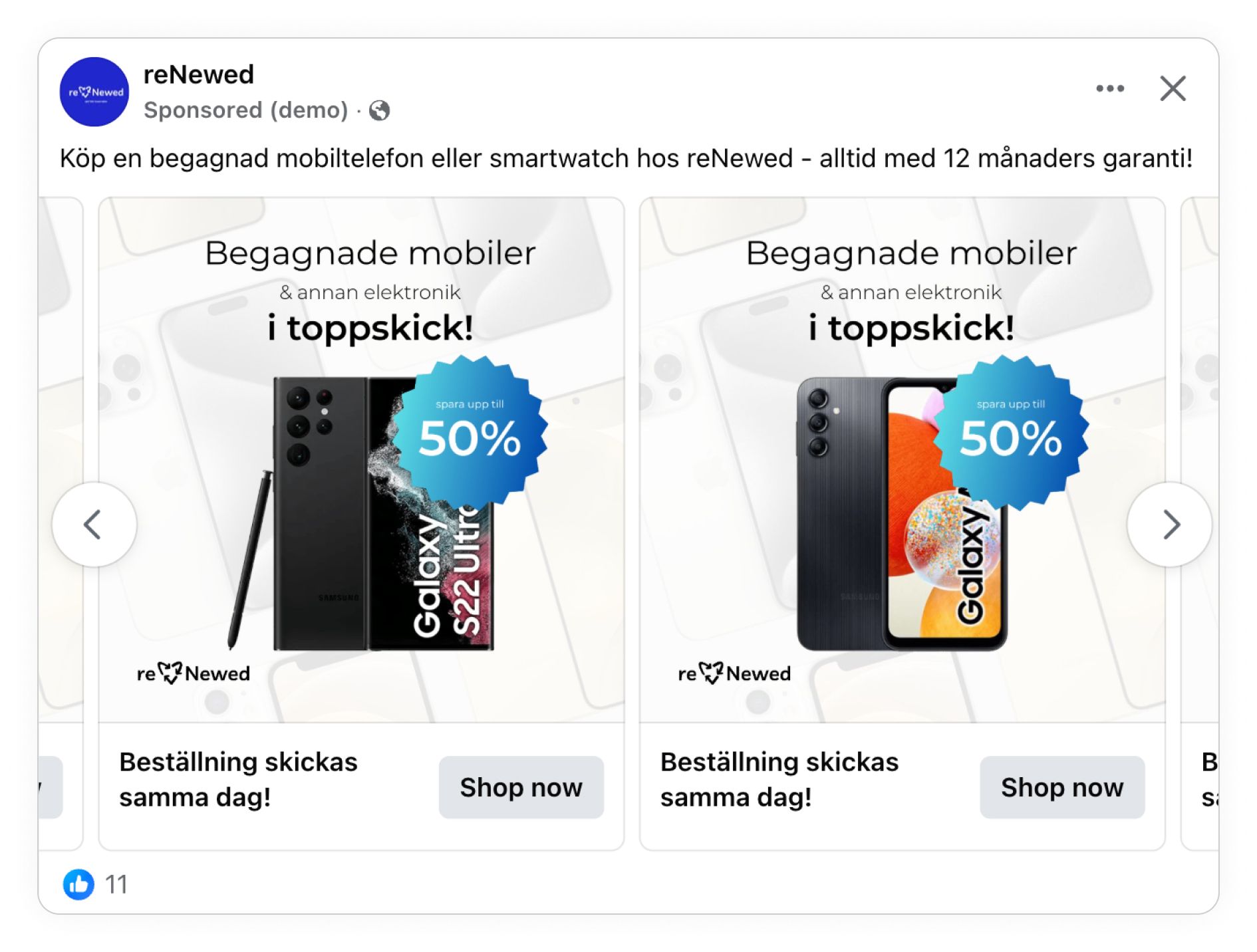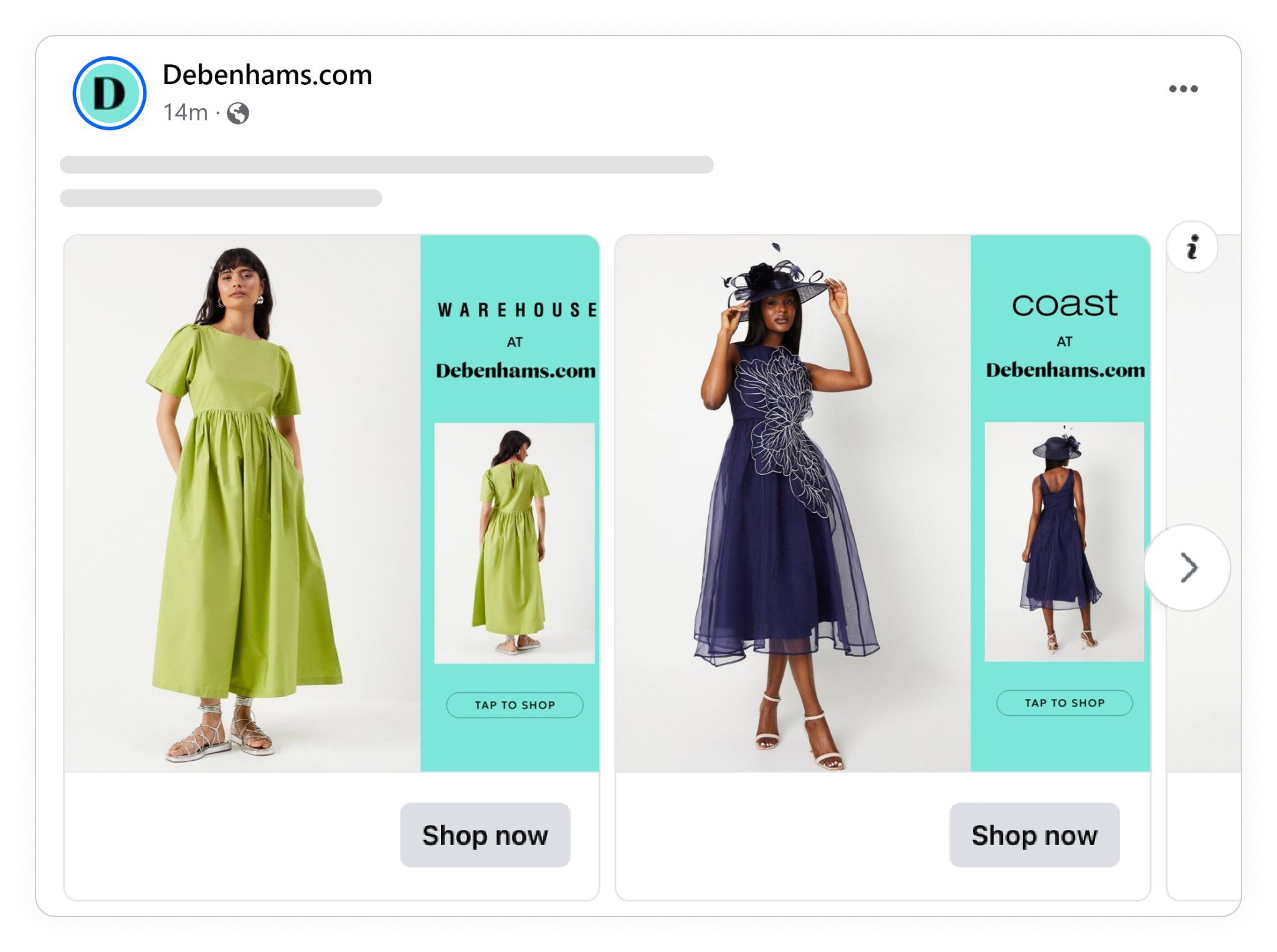Retargeting Campaigns
June 5, 2025
Retargeting campaigns are a form of online advertising designed to reconnect with people who have already interacted with your brand. Maybe they visited your website, clicked on a product, added something to their cart, or watched one of your videos, but didn’t make a purchase or take the action you desired. Instead of letting those leads slip away, retargeting reaffirms it.
How Retargeting Differs from Traditional Advertising
Unlike traditional advertising, which casts a wide net to catch new eyes (also known as prospecting), retargeting is a more precise tool. It doesn’t try to reach everyone. Instead, it focuses on individuals who are already familiar with your brand to some degree. You’re not building awareness here. Instead, you are rekindling interest and guiding users further along their journey.
Why Retargeting Campaigns Are Effective
What makes retargeting campaigns so powerful is that they speak to warm audiences. These are individuals who have already demonstrated their intent. You’re not starting from scratch, you’re building on existing interest. As a result, retargeted ads often have higher engagement rates, better click-through rates, and stronger conversion metrics. It’s a more efficient way to spend your ad budget because you’re focusing on people who are already halfway in.

How Retargeting Campaigns Work
Cookies, Pixels, and Tracking Users
At a basic level, retargeting works through tracking, specifically, using small bits of code known as cookies or tracking pixels. When someone visits your website or engages with your content, that action is “tagged” by the pixel. This allows advertising platforms to recognize that person and serve them specific ads as they browse elsewhere on the internet. It’s like leaving a breadcrumb trail, so your brand can follow up in relevant places without being intrusive.
The Customer Journey and Retargeting Stages
Retargeting fits into different parts of the customer journey. Someone may have just browsed your homepage (an opportunity to display a general reminder ad to them). If they viewed a product, bring that item back into their feed. And if they abandoned their shopping cart, that’s your chance to get them back to check out. The idea is to meet the user where they are and move them one step closer to making a decision.
Retargeting vs Remarketing: Is There a Difference?
You’ll often hear “retargeting” and “remarketing” used interchangeably, and for the most part, they overlap. However, if we’re being precise, retargeting usually refers to using paid ads to reach past website visitors, whereas remarketing can include broader outreach strategies, such as email campaigns. Both aim to re-engage, but retargeting is more ad-driven, while remarketing may rely more on owned media, such as email lists.

Types of Retargeting Campaigns
Pixel-Based Retargeting
Pixel-based retargeting is the most common method and operates in real-time. When someone visits your site, the pixel tags them, allowing you to show them relevant ads later. It’s fast, scalable, and doesn’t require any pre-built lists. Just install the pixel, and you’re good to go.
List-Based Retargeting (CRM or Email Lists)
List-based retargeting involves uploading data you already have, such as customer email addresses, into platforms like Meta or Google. From there, you can serve ads to those users across the web. It’s especially useful for re-engaging previous buyers, newsletter subscribers, or leads who’ve dropped off your radar.
Dynamic Retargeting (Product-Specific Ads)
Dynamic retargeting takes things a step further by showing users the exact product they viewed, or something very similar. You’ve probably seen this when you browse shoes on one site and suddenly they start following you around Instagram. These ads extract data from your product catalog to deliver highly relevant content, and they work exceptionally well for e-commerce.
Video and Content Retargeting
It’s not all about products. There is also room for content to be retargeted. If someone watches a video or reads a blog post, you can follow up with a related ad to guide them to the next step. It’s a smart way to nurture leads with education-based content before pushing for a sale.
Requirements for a Retargeting Campaign: Step-by-Step
Installing Tracking Pixels and Tags
The first thing you need is tracking in place. Most platforms, like Meta, TikTok, or Pinterest, offer a simple tracking pixel that you embed in your website’s header. This enables you to gather data on user behavior and build audiences based on their actions.
Defining Audience Segments
Next, you’ll want to decide who you’re retargeting. Are you focusing on cart abandoners? Product page viewers? Newsletter sign-ups? Each of these groups has different intent levels, so treating them the same wouldn’t make sense. Precise audience segmentation makes your campaigns more relevant and equally more effective.
Creating Relevant and Personalized Ads
Once you know who you’re talking to, you can tailor your messaging. For someone who viewed a product, show them that product again. For someone who left their cart, remind them what they’re missing. Personalization is what makes retargeting work.
Setting Budgets, Frequency, and Duration
Finally, you’ll set your campaign parameters. How much are you willing to spend? How often should someone see your ad before it gets annoying? And how long should they stay in the retargeting pool? These choices significantly impact performance and user experience, so it is essential to monitor them closely and make adjustments as needed.
Common Platforms for Retargeting for E-commerce Brands
For e-commerce brands, retargeting can happen almost anywhere. Meta platforms (like Facebook and Instagram) are the most popular, offering robust audience building and dynamic ad tools. TikTok is rapidly gaining popularity, particularly among younger demographics. Snap offers immersive formats that are great for fashion and beauty. Pinterest excels in visually driven categories, such as home decor and DIY. The Google Display Network, YouTube, and even Amazon all offer retargeting options, depending on where your audience tends to hang out.
Best Practices for Retargeting Campaigns
Personalize Creatives Based on User Behavior
The most effective retargeting ads feel like a helpful reminder, not an intrusion. The more aligned your creative is with what the user actually did, the better. Use behavioral signals (such as viewed products or watched videos) to guide your messaging and visuals.
Use Frequency Capping to Avoid Ad Fatigue
Seeing the same ad ten times in a day is a quick way to lose a customer. Set frequency caps to prevent users from getting burned out. A gentle presence is more effective than a constant one.
Align Offers with Funnel Stage
Different stages need different messages. Someone at the top of the funnel may just need a reminder. A discount or urgency-driven copy might sway someone closer to conversion. Match your ad to where the person is in their journey.
Retargeting Funnel Strategies
Top-of-Funnel (TOFU): Warm-Up Ads
At this stage, your audience is aware but not yet ready to act. Use TOFU retargeting to reintroduce your brand, with a testimonial or helpful blog post. Keep it light and educational.

Mid-Funnel (MOFU): Product Reminders
Now they’ve shown interest in something specific. This is the time to highlight the product they browsed, showcase benefits, or share social proof that nudges them closer to buying.
Bottom-of-Funnel (BOFU): Discount and Conversion Boosters
This is where you go in for the close. If someone adds to the shopping cart and bounces, send them a limited-time offer or free shipping ad. It’s your last push, so make it count.
Common Mistakes in Retargeting Campaigns
Targeting Too Broad or Too Narrow Audiences
If your audience is too broad, your message won’t feel relevant. If it’s too narrow, you may miss out on opportunities. Finding that sweet spot takes some testing and refining.
Showing the Same Ads Repeatedly
Even the best ad gets stale. Rotate your creatives, experiment with different formats, and don’t be afraid to mix things up. Relevance fades quickly if you don’t keep things fresh.
Not Segmenting Based on Buyer Intent
Lumping all visitors into one group is a missed opportunity. Someone who bounced from your homepage is not the same as someone who ditched their cart at checkout. Segmenting lets you deliver the right message to the right mindset.
Discover how Audience Segmentation allows you to tailor your messaging for maximum impact here.
Try Confect for Free
Confect can help you to create great-looking Catalog ads and Dynamic Product ads for Facebook, Instagram, TikTok, Snapchat and Pinterest.
